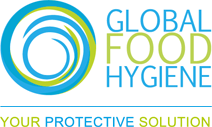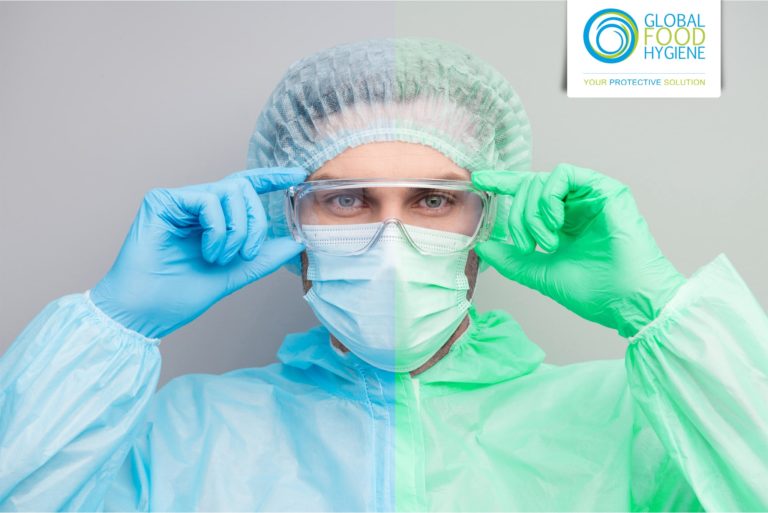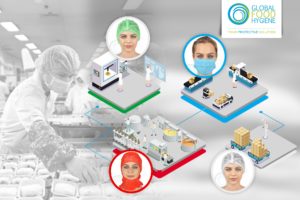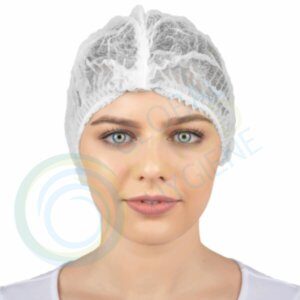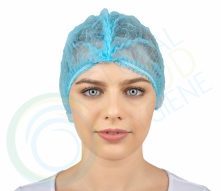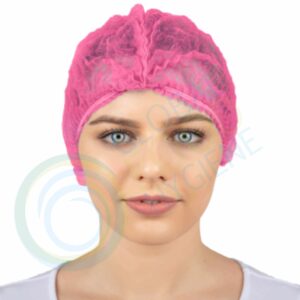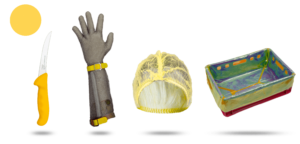COLOR CODING
In the food industry, the color of the equipment is not selected for aesthetics. The most common color for personal protective equipment, hand tools and equipment (e.g. colored plastics) is blue. The blue color is the least common in food products, so it is easy to notice a foreign element in this color if it is found together with the products – the cap will fall into, for example, a container with ingredients.
Color coding allows for easy and quick communication of relevant information in food processing plants, especially when implemented correctlyhttps://globalfoodhygiene.com/gloso-2/. Colour-coded programs help to check control zones and help avoid cross-contamination with bacteria and allergens, keeping your food processing facility safe.The production of meat products is associated with the risk of contamination of the product with a microbiological, physical or chemical factor. Each manufacturer of meat products is obliged to provide a product that is safe for health and suitable for consumption, in accordance with the shelf life specified on the packaging. Contaminated products that will enter the store circulation will pose a huge danger to the health and even life of the consumer. In addition, they will cause material and image losses for the manufacturer.
One of the most important factors guaranteeing the production of high-quality food is the appropriate level of hygiene. In Poland, regulations have been in force since 2006, which oblige food producers to implement the HACCP system (Hazard Analysis and Critical Control Points).
The assumption of this system is early detection and complete elimination of threats at the time and place of their occurrence. According to these assumptions, each employee who comes into contact with the product during the processing process should have appropriate protection and follow the applicable procedures. This applies to maintaining hygiene during work on production lines, clothing, washing and disinfection processes. Lack of proper protection may also pose a threat to the employee himself.
